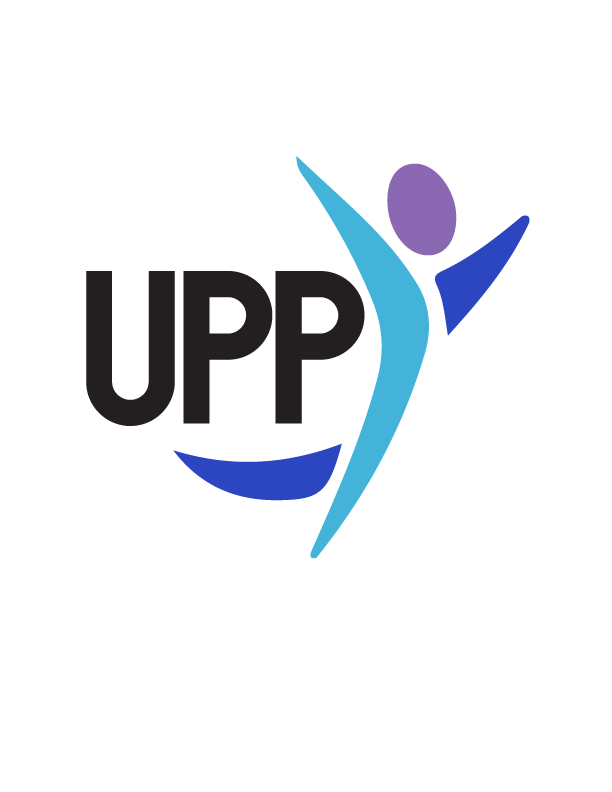WEEK 20- Healthy Habits - Sleep
Equipment Required
Pen and Paper
PERMAH Element
Health
Teachers to read and facilitate the following:
Rationale
Restful sleep, being active and eating healthy are all connected to each other. When we get a good sleep at night, it makes it easier for us to eat well and move more the next day (Rath, 2013). These things have a flow on effect, and can cause either an upward or downward spiral in our daily lives. Research has shown exercise can help to improve not only the quantity of sleep but also the quality: daytime physical activity can stimulate longer periods of slow-wave sleep, the deepest and most restorative stages of sleep (Breus, 2018). Getting enough sleep is really important, as during sleep our body repairs itself, while our mind is able to rest and consolidate previous learning. We all have a natural sleep and waking cycle- if we disrupt this cycle we can find it hard to get to sleep. It can also make us irritable, and lead to low concentration and health issues such as heart problems, weight gain and depression. Having a bedtime routine is a great way to cue our bodies for rest (Rath, 2013). This might include journaling, listening to quiet music, reading, prayer, doing some gentle yoga or meditation. To help maintain our natural rhythm we should turn off electronics a few hours before sleep, at roughly the same time every night. The exposure to light from our devices suppresses melatonin which is our sleepy hormone, making it harder to fall asleep and decreasing sleep quality.
Description of Personal Wellbeing Practice: Sleep- Bedtime Routine
Think about two habits you could include in your routine to get ready for bed each night.
In order to implement your new bedtime routine, finish this sentence for each of your two bedtime habits.
“I will [INSERT ACTION] every weeknight at [TIME] in [PLACE].”
e.g. 1- “I will [stop using my electronic devices] every weeknight at [7:30pm] in [my bedroom].”
e.g. 2- “I will [read] every weeknight at [8:45pm] in [my bed].
Main message:
“Take care of your body. It’s the only place you have to live.” – Jim Rohn
UPP’s Personal Wellbeing Practices
A Personal Wellbeing Practice (PWP) is an evidenced-based positive psychology intervention, applied in school communities or other educational settings. At UPP, we have tried to make these PWP’s simple, concise and relevant for students and their teachers. The six elements for the Personal Wellbeing Practices are: Positive emotion (P); Engagement (E); Relationships (R); Meaning (M); Accomplishment (A); and, Health (H).
We hope that these evidence-based tools of positive psychology will enhance help people to thrive and live their best life, both within and beyond the school gates.
For more activities like this (and much more), check out THRIVE Online Lesson Modules for Pastoral Care and Wellbeing.
Unleashing Personal Potential

